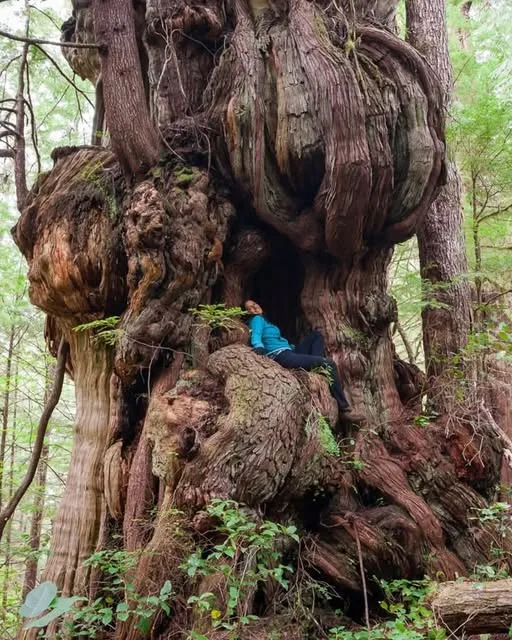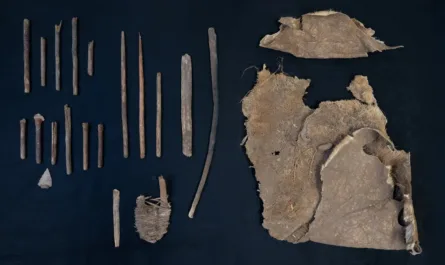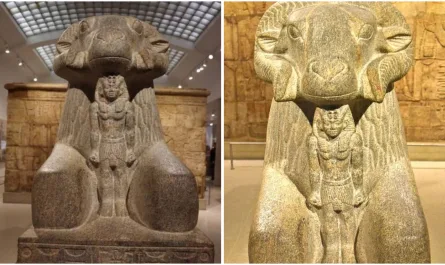Imagine walking through a primeval forest, where giants pierce the sky and the air is thick with the scent of ancient wood and damp earth. Then, you encounter a tree unlike any other, a living sculpture that defies convention. This is the experience awaiting visitors who journey to the Bulbous Cedar along the trail to the legendary Cheewhat Giant in Pacific Rim National Park Reserve on Vancouver Island, within the traditional territory of the Ditidaht First Nation.

This isn’t just a tree; it’s one of the most phenomenal botanical wonders on our planet.
What Makes the “Bulbous Cedar” So Phenomenal?
The name itself, “Bulbous Cedar,” immediately sparks curiosity, and this Western Redcedar (Thuja plicata) more than lives up to the moniker. Its defining feature is a series of extraordinary, often grotesque, burls that adorn its trunk.
- The Mystery of Burls: Burls are those fascinating, knotty growths that can form on a tree’s trunk or branches. While their precise cause can vary—ranging from injury, insect infestations, fungi, or even viruses—they are essentially the tree’s unique response to stress. Unlike the straight, uniform grain of typical wood, the growth within a burl is intricately deformed and intertwined, creating patterns that are both chaotic and profoundly beautiful.
- A Tree of Singular Character: For the Bulbous Cedar, these burls aren’t minor imperfections; they are massive, bulging, and twisted formations that envelop a significant portion of its majestic trunk. This extensive “burl complex” gives the tree an almost otherworldly or molten appearance, setting it apart as one of the most unusual and captivating cedars ever encountered.
- A Living Timeline: Western Redcedars are renowned for developing burls as they mature, and the Bulbous Cedar is undoubtedly an ancient marvel, likely well over a thousand years old. The sheer scale and complexity of its burls serve as a living record, a silent chronicle of centuries of growth and countless interactions with its environment.
A Sanctuary of Giants: Pacific Rim National Park Reserve
The setting of the Bulbous Cedar is as significant as the tree itself. Pacific Rim National Park Reserve stands as a globally important example of a temperate rainforest, an ecosystem characterized by:
- Towering Old-Growth: This park is justly famous for its colossal, ancient trees, including Western Hemlock, Sitka Spruce, and, of course, the magnificent Western Redcedar. These forests boast some of the highest biomass concentrations on Earth.
- Rich Biodiversity: The multi-layered canopy, the presence of standing snags (dead trees that provide habitat), and the crucial role of fallen nurse logs (decaying timber nourishing new life) all contribute to an incredibly diverse ecosystem, supporting a vast array of plant and animal species.
- Coastal Resilience: Situated on Vancouver Island’s rugged west coast, the park experiences abundant rainfall, the powerful forces of Pacific winds, and a consistently cool, moist climate. These are the perfect conditions for these monumental conifers to thrive, and the Bulbous Cedar, like its ancient brethren, has been sculpted by these elemental forces over millennia, contributing to its unique and enduring form.
The Sacred Path to the Cheewhat Giant
The Bulbous Cedar graces the trail that ultimately leads to the even more celebrated Cheewhat Giant. The Cheewhat Giant is a Western Redcedar that holds a truly monumental distinction:
- Canada’s Largest Tree: Based on its immense trunk volume, the Cheewhat Giant is recognized as the largest known living Western Redcedar in the world, and indeed, the largest known tree in all of Canada. It stands an impressive 55.5 meters (182 feet) tall and boasts a staggering 6.1 meters (20 feet) in diameter.
- Within Ditidaht Territory: Both the Bulbous Cedar and the colossal Cheewhat Giant reside within the traditional and unceded territory of the Ditidaht First Nation. For countless generations, the Ditidaht people have lived in profound harmony with these forests, revering the cedar as the “tree of life.” It has been central to their spiritual practices and ingeniously used for everything from constructing majestic canoes and homes to creating clothing and essential tools. A visit to these trees is not just a journey through natural history but a profound encounter with a rich and enduring cultural legacy.
The adventure to reach these botanical wonders often involves navigating remote logging roads and undertaking a hike through a dense, moss-draped old-growth forest, intensifying the sense of discovery and profound respect. The Bulbous Cedar, with its breathtaking and bizarre beauty, serves as an unforgettable prelude to the grandeur of the Cheewhat Giant, a powerful reminder of the astonishing diversity and awe-inspiring majesty harbored within these ancient, protected forests. It is, without a doubt, a true planetary marvel.





